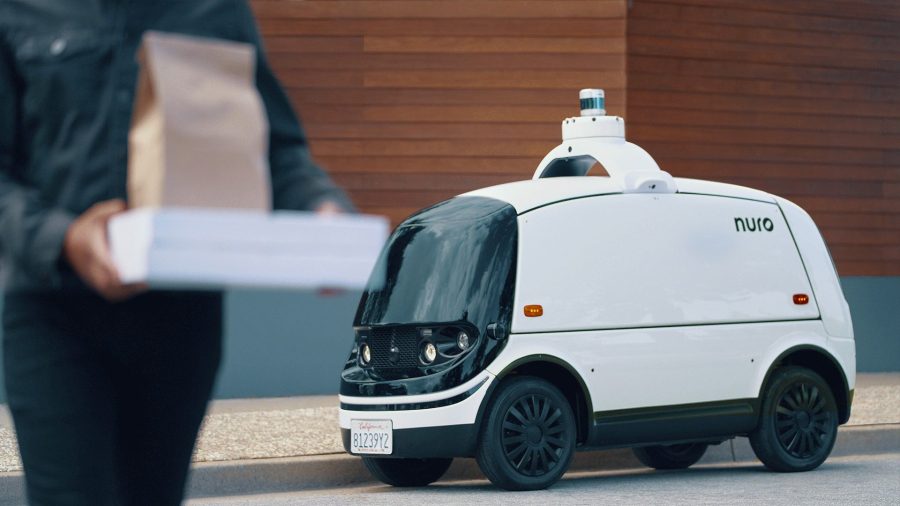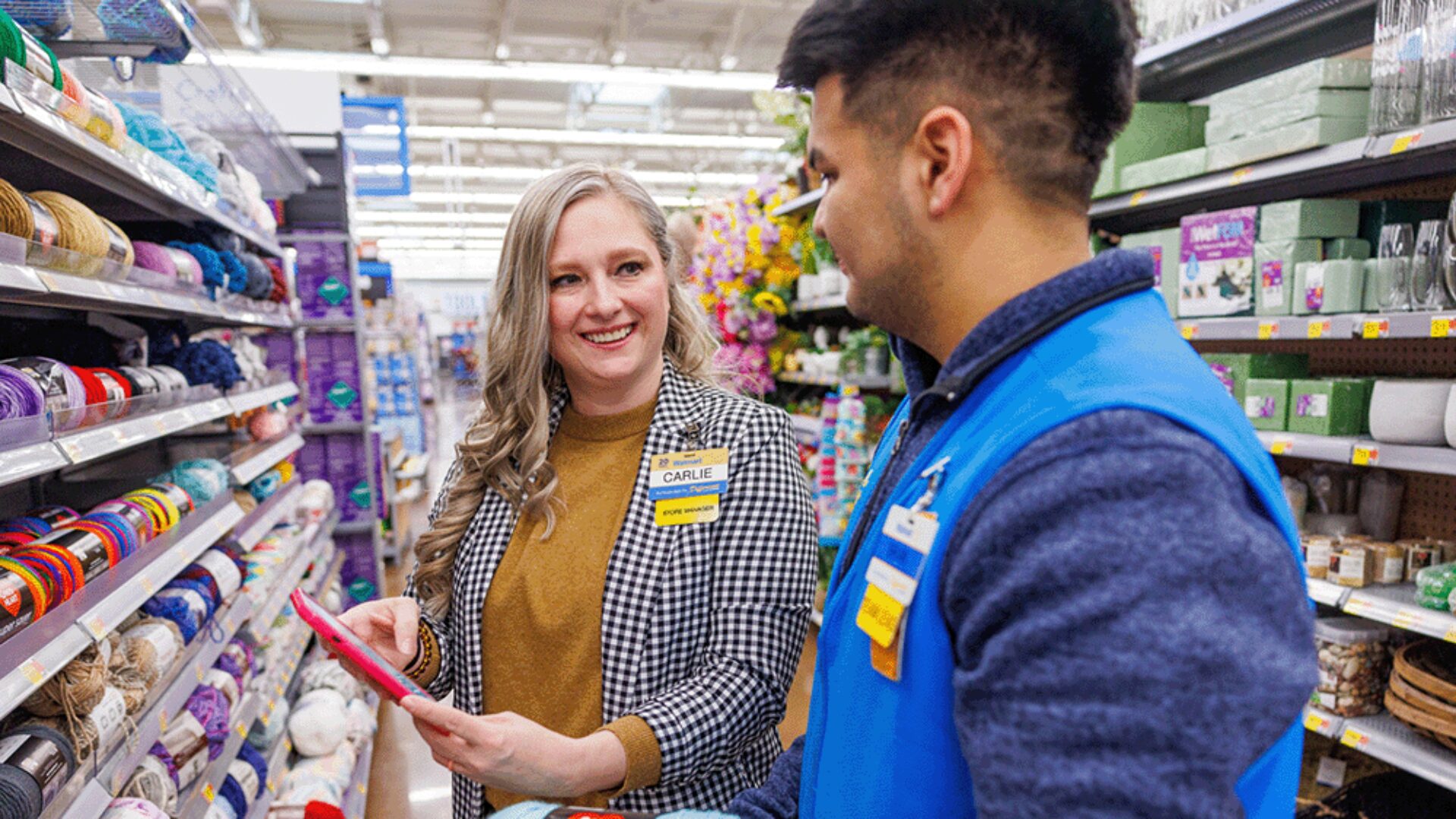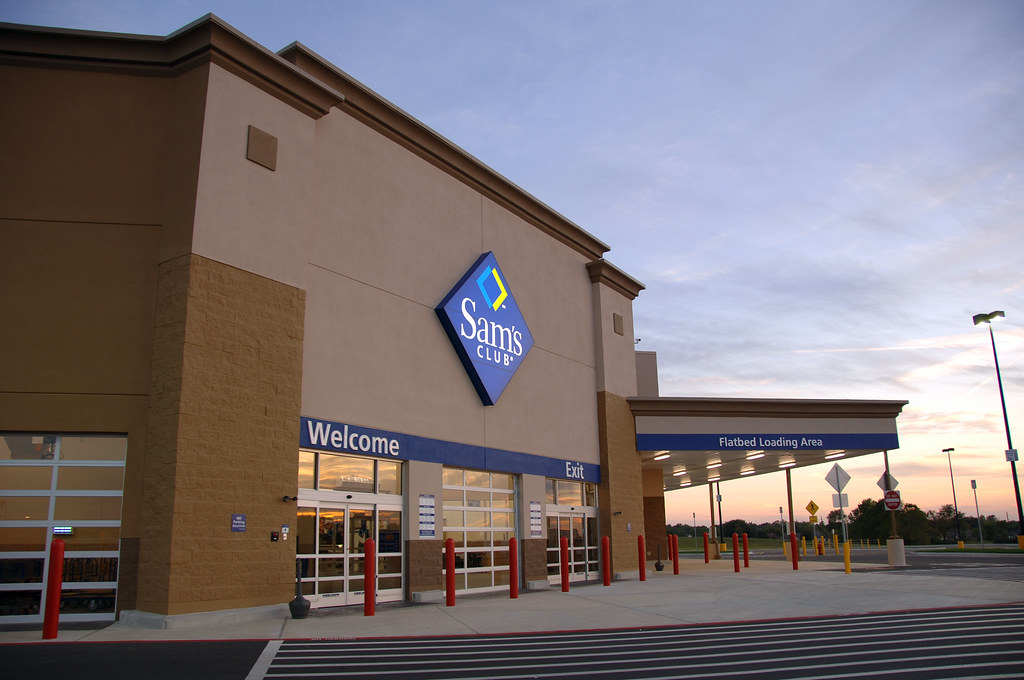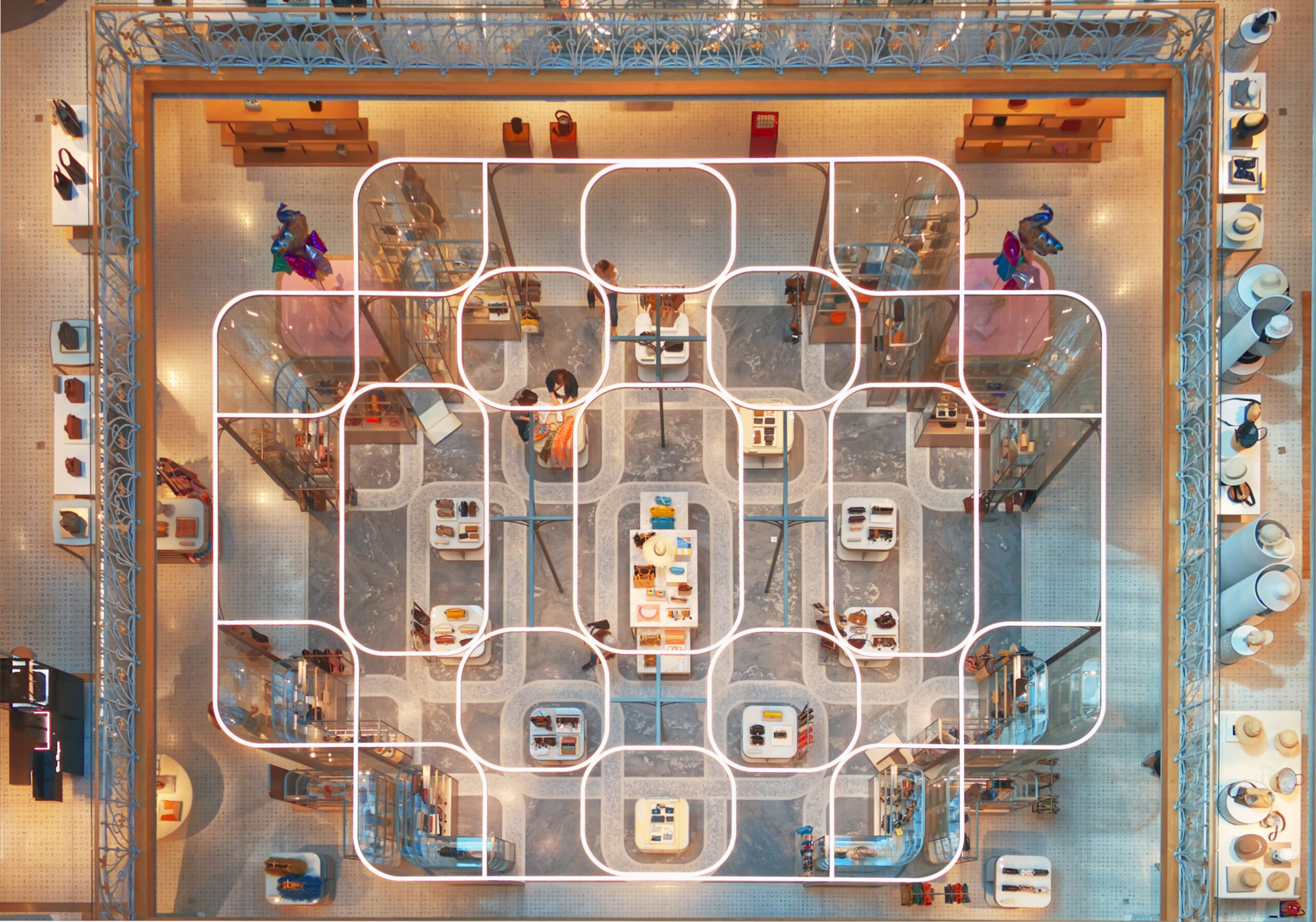Third-party delivery services like Instacart, UberEats and DoorDash have taken the world of grocery, retail and restaurants by storm. So, what’s the next great innovation for these segments?
It could be autonomous delivery, using vehicles like robots and drones.
Take for example the progress of Silicon Valley autonomous driving technology developer Nuro, which last month announced it had attracted $600 million to fund continuing projects with investors including Google and Kroger.
Earlier this month, 7-Eleven announced that it plans to test online order delivery in Mountain View, California, using Nuro autonomous vehicles. The pilot allows customers in the service area to place orders through the 7NOW delivery app and have their products delivered by bot-powered vehicles.
In April, Domino’s partnered with Nuro on a robotic pizza delivery pilot in Houston, giving customers there the option to have orders brought to them by Nuro vehicles.
Walmart also started using fully driverless trucking in its online grocery business, aiming to increase capacity and reduce inefficiencies. The retail giant and Silicon Valley start-up Gatik said that, since August, they’ve operated two autonomous box trucks — without a safety driver — on a 7-mile loop daily for 12 hours.
While robots were being tested in limited numbers before the pandemic, the companies building them say labor shortages and a growing preference for contactless delivery have accelerated their deployment, reported ABC News (Nov. 2).
“The massive upsurge in digital ordering and demand for on-demand deliveries has created significant operational and financial challenges for restaurants, especially against the backdrop of the ongoing labor shortage [and] the labor shortage is preventing restaurants from maximizing the revenue potential of digital channels,” Ritukar Vijay, CEO of Ottonomy.io, told The Food Institute.
“On top of that, with a huge spike in wages from $10 per hour to almost $16 per hour, it is becoming challenging for restaurants and retailers to provide delivery services. Furthermore, restaurants often partner with third-party delivery channels, which can have a significant impact on net margin.
“Companies will turn to robots for a sustainable solution to manage the high customer demand of delivery services. Robots don’t call in sick, don’t request raises and can easily perform repetitive and tiresome jobs.”
Other recent robotic developments include:
- Starship Technologies, which has more than 1,000 robots in its fleet, says it will deploy hundreds more soon. The bots currently deliver food on 20 U.S. campuses, with 25 more on the way.
- Kiwibot, with headquarters in Los Angeles and Medellin, Columbia, now has 400 robots making deliveries on college campuses and in downtown Miami.
- Serve Robotics, an autonomous sidewalk delivery company, announced a partnership with Uber Technologies. The on-demand robotic delivery service will be available to Uber Eats customers starting in Los Angeles early next year.
Drones
Drone deliveries also provide significant benefits. In an era of global warming concerns, drone delivery can reduce carbon emissions, specifically for the last-mile delivery of various products.
With that in mind, the global drone package delivery market is projected to grow at a 53.94% CAGR from $1.52 billion in 2021 to $31.19 billion by 2028, according to Fortune Business Insights.
However, while the technology is ready to go, U.S. companies seeking federal approval for drone deliveries are facing significant barriers. Eight years after Jeff Bezos announced that Amazon shoppers would eventually get their packages delivered by drone a mere 30 minutes after ordering, U.S. airspace regulation has, apart from small tests, kept most drones grounded.
Zipline, Google parent Alphabet, UPS, and Amazon have made thousands of flights, and since the COVID pandemic began, demand for contactless delivery has only increased. Yet the wait continues. (Fortune, Dec. 4)











